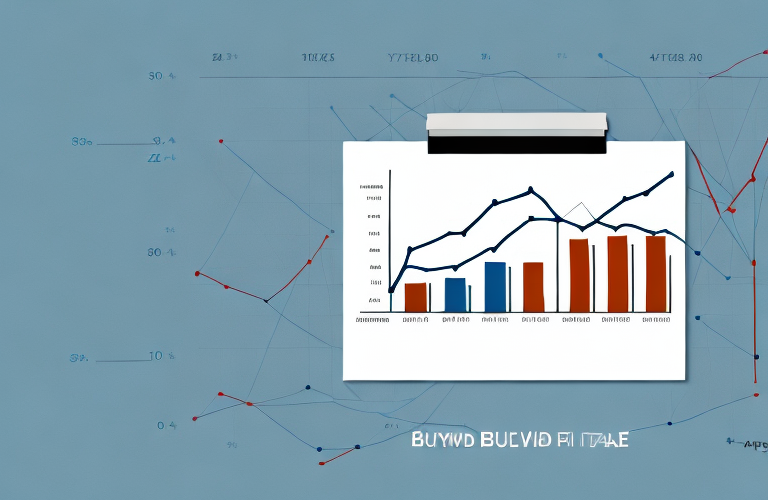
Understanding the 3(c)(7) Exemption: Definition, Requirements for Funds, and Uses
Understanding the 3(c)(7) Exemption: Definition, Requirements for Funds, and UsesIf you’re involved in the financial industry, especially in the realm of private funds, you may have heard of the 3(c)(7) exemption. This particular exemption enables fund managers to raise capital from high net worth individuals and institutional investors. In this article, we’ll explore the 3(c)(7) exemption in detail, including its definition, requirements, and uses.What is the 3(c)(7) Exemption?The 3(c)(7) exemption is a provision under the Investment Company Act of 1940. It allows investment companies to offer and sell securities to qualified investors without having to register with the Securities and…









